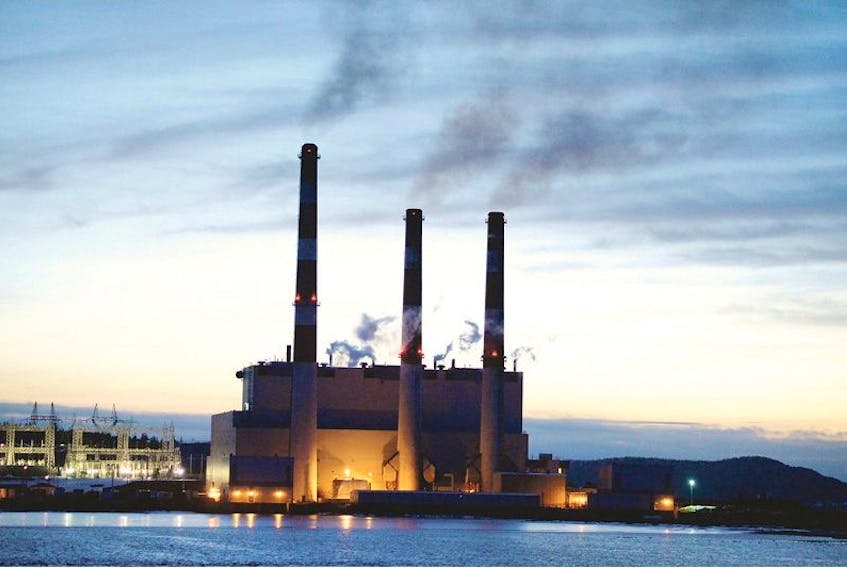If the Holyrood Generating Station was a used car, you probably wouldn’t buy it.
I mean, you’d walk around it, kick the tires a bit, and ask the current owner if there had been any problems with the thing.

Will it go highway speed?
“Well, 70 per cent of the time it can …”
Did it need many repairs? “Well, only 41 times so far this year …”
And when the owner stopped talking, you’d probably just walk away.
The thermal units at Holyrood are old — they’re beyond their expected lifespan, and we’re going into the winter (when we need those units to work) after their second-worst performing year.
Simply put, you may not have noticed it, but there have been consistent problems and long-running issues dogging the Holyrood Generating Station, particularly for the last 12 months. Sometimes, there have been equipment failures. Other times, there’s been a persistent problem with a buildup of ash and materials inside the Holyrood boilers, a problem that has been causing pressure problems that meant the generating units couldn’t be used at full power.
Newfoundland and Labrador Hydro posted its latest report on the performance of its generating units at the beginning of this month, and Holyrood’s definitely the dog.
Expecting the Holyrood Generating Station to run through the winter without any problems is like buying an antique car and expecting it to get you to work every single day.
Unit 1 at the site couldn’t operate at its full output rating for 35 per cent of the time last year. Unit 2 was in slightly better shape, unable to reach its full rating 31 per cent of the time, and the newest unit, Unit 3, couldn’t reach its rated output for 18 per cent of the time. Roughly 41 times generating units shut down, had to be taken offline, or couldn’t be brought back online because of one or more issues.
Take this series of problems with Holyrood Unit 1: “On June 16, 2018, while on a brief planned outage to change worn generator brushes, a pressure gauge failed on the fuel oil system resulting in a spill. This had to be cleaned up before the unit could be safely returned to service. On June 17, 2018 while starting up the unit, a bearing failed on the east forced draft fan and had to be replaced. The unit returned to service on June 18, 2018 but the same bearing failed after only a few hours of operation.”
Problems regularly seem to cascade — one thing is fixed, but when a unit is brought back on stream, something else breaks. Pipes leak, oil spills, wires fry, control units short out. The list of system failures and problems with the units from the last year alone runs for eight full pages.
Hydro hopes that one of the main reasons why the units couldn’t work to their full capacity has been solved. (It’s amazing what you don’t realize even after operating a generating station for three decades.) The utility underwent a $2.5-million retrofit at the site to remove and replace fouled parts inside the units. Why were the parts fouled? Well, in 2014, the utility discontinued a system that added a magnesium oxide fuel additive to the generating station’s fuel system.
Turns out that was a bad idea, because it literally gummed up the works, with chemical buildup inside the units that couldn’t be removed easily and that restricted airflows, causing unacceptable internal pressures inside the units.
With all that sorted out — and Hydro says it believes reinstating the magnesium oxide system will fix the problem — the utility only expects the Holyrood units to be unable to reach their full output some 14 per cent of the time. Barring, that is, any new surprises.
We’ll be fighting for years over whether Muskrat Falls and its more than 1,100 kilometres of power lines were the best choice to replace the Holyrood Generating Station.
What shouldn’t be forgotten is that, now more than ever, something had to be done. Expecting the Holyrood Generating Station to run through the winter without any problems is like buying an antique car and expecting it to get you to work every single day.
It’s an unrealistic expectation.
Russell Wangersky’s column appears in 36 SaltWire newspapers and websites in Atlantic Canada. He can be reached at [email protected] — Twitter: @wangersky.
Recent columns by this author








